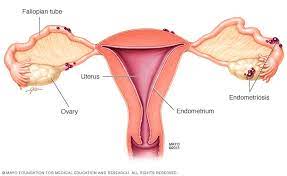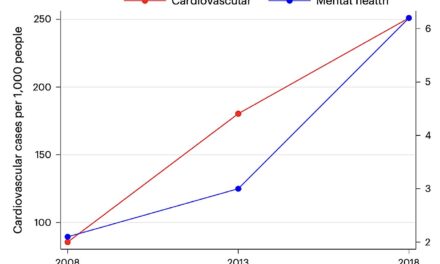In a groundbreaking development, Swiss researchers from ETH Zurich and Empa have unveiled a revolutionary hydrogel implant designed not only for contraception but also to combat endometriosis. This innovative approach marks a significant step forward in women’s health, addressing a condition that affects approximately 10 percent of women worldwide.
Endometriosis is a perplexing medical condition where tissue resembling the uterine lining grows outside the uterus, causing severe pain and infertility in some cases. The exact cause remains elusive, though it’s theorized that during menstruation, uterine cells flow backward through the fallopian tubes into the abdominal cavity, triggering inflammation and scar tissue formation.
Originally conceived as a contraceptive tool, the hydrogel implant evolved when researchers discovered its potential to block fallopian tubes, thus preventing the retrograde flow of uterine cells and potentially halting the progression of endometriosis. The hydrogel, akin to a soft, expandable jelly, swells from two millimeters to more than double its size upon implantation. This expansion creates a physical barrier against sperm and menstrual blood while remaining gentle on surrounding tissues.
Lead author Alexandre Anthis explained, “It was crucial for us to develop a gel that wouldn’t provoke a rejection response from the body and could be easily managed without invasive procedures.” The gel, composed of a water-binding plastic similar to materials used in contact lenses and drug delivery systems, maintains stability and compatibility within the body.
Anthis further noted that the implant can be safely removed using UV light or a specific solution, eliminating the need for complex surgical interventions. This feature promises a more patient-friendly approach to managing the implant’s lifecycle.
“While our initial focus was on contraceptive applications, discovering its potential in managing endometriosis was a significant breakthrough,” added Anthis. The team acknowledges that further research is necessary to assess the long-term performance of the hydrogel implant, particularly concerning its durability during physical activities.
The development of this hydrogel implant represents a promising advancement in the treatment and prevention of endometriosis, offering hope to millions of women worldwide who grapple with the debilitating effects of this condition. As researchers continue to refine their approach, the future looks increasingly hopeful for integrating innovative solutions into women’s healthcare.












